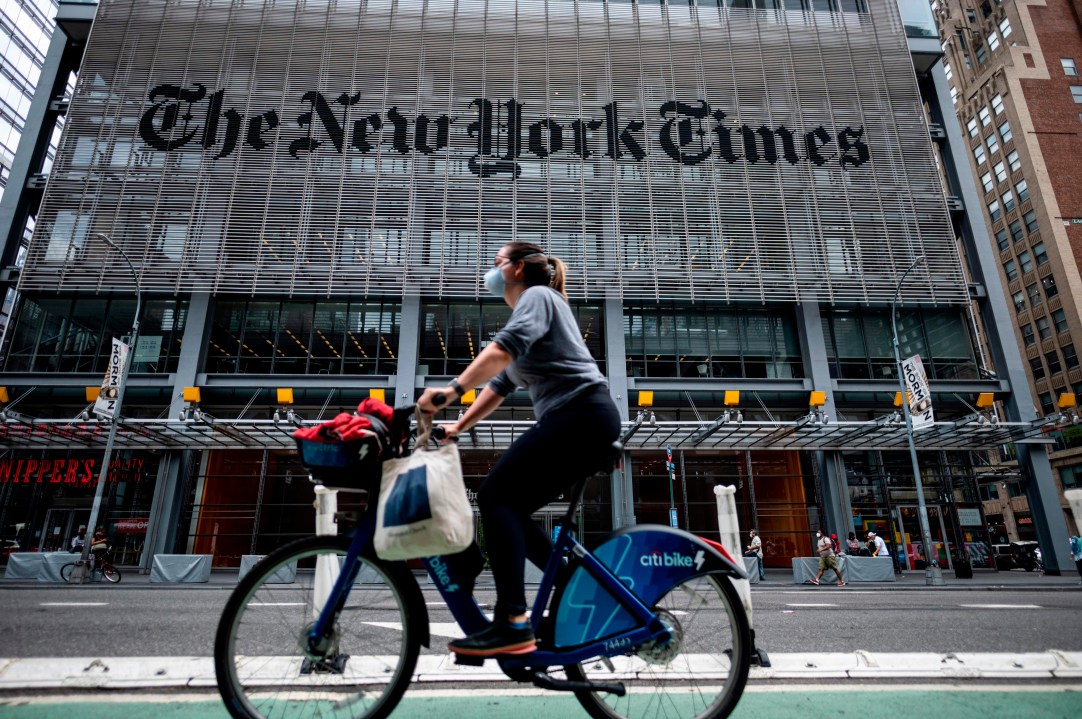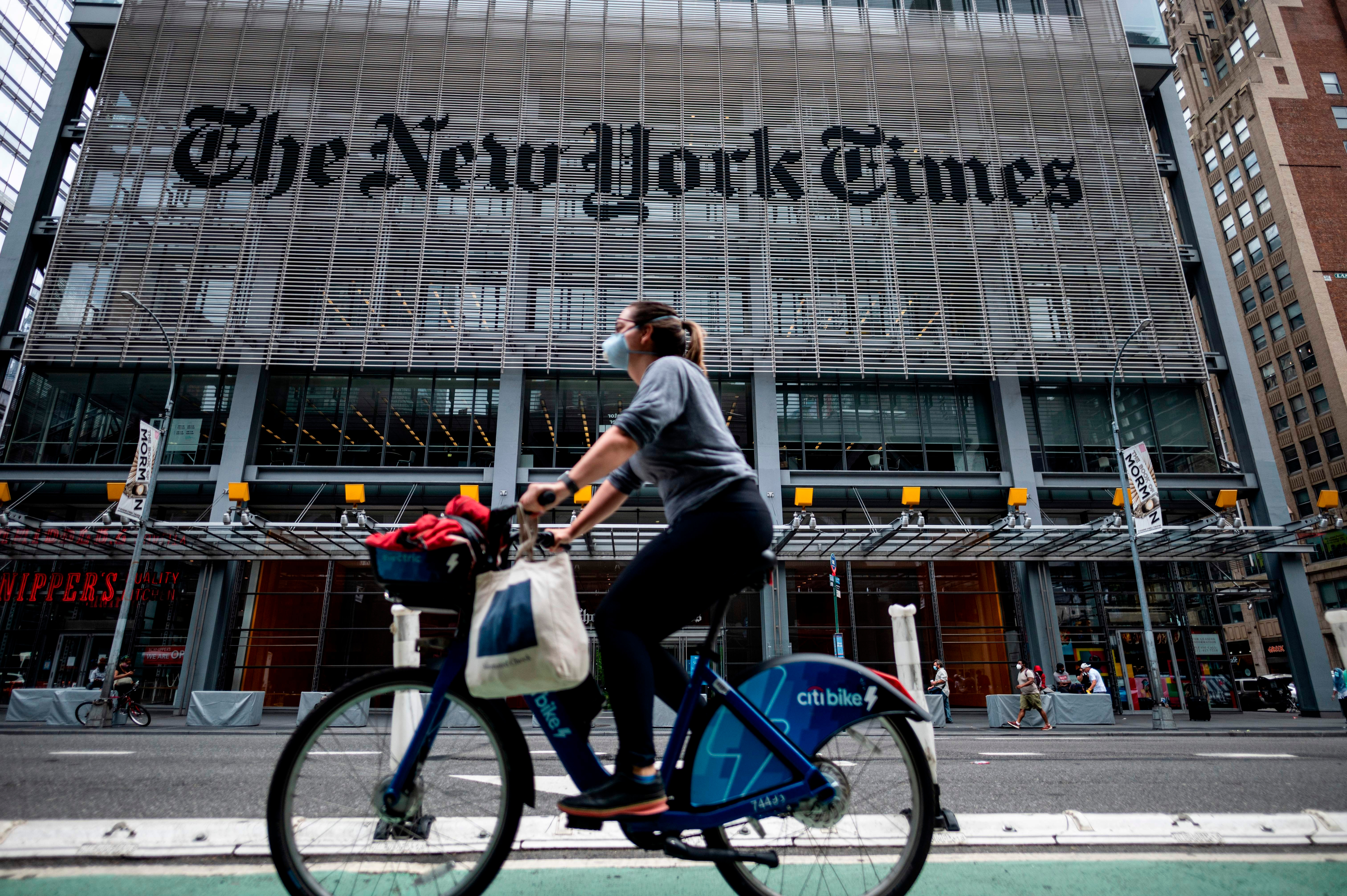The New York Times really does have it in for poor old Britain, doesn’t it? Not content with portraying Brits as boiled mutton eating swamp dwellers, America’s self-styled paper of record is now suggesting we’re being pumped full of a dangerous cocktail of Covid vaccines. ‘Britain Opts for Mix-and-Match Vaccinations, Confounding Experts’ screams the headline.
The reality? A different second dose will only be considered in very limited circumstances where there is an ‘immediate high risk’ to health. And that’s only if the previous type of vaccine isn’t known or isn’t available. Surely a reasonable precautionary measure if all else fails?
As Jonathan Stoye of the Francis Crick Institute notes, such a plan ‘does not seem unreasonable and is akin to wartime medicine’. Department of Health officials have also been keen to emphasise this precautionary step is for exceptional circumstances only. Barely the ‘mix-and-match’ programme the Times seems to suggest the UK has adopted.
UPDATE: The New York Times has now sneakily changed the headline and inserted a balancing quote, without admitting that any changes have been made. Here’s its original headline”:-

But after outcry online – and a request from the British Medical Journal for the NYT to retract – it downgraded the emotional state of the experts: now “worried” rather than “confounded”. Words that hardly make the still-published piece (and much-shared Tweet) any less misleading.

The original article “quoted 4 US and 0 British voices on a UK story,” as the BBC’s Jim Reid pointed out. But now a UK quote has mysteriously appeared – buried in paragraph 7 – which gives the lie to the whole piece.

It’s quite right that pieces are updated when new information becomes available: it’s the advantage of digital reporting. But surely the problem here is that the article was written on a genuine misunderstanding of UK government policy. The author seemed to have misunderstood the guidance and genuinely believed that there was a “mix and match” – rather than a clause that allows different vaccines to be used under extreme circumstances. She seems to have asked people to react to this misunderstood situation.
But when the real story emerged, shouldn’t the whole piece be retracted or rewritten – rather than a jesuitical headline tweak and a sneaky add quote squeezed halfway down ? Fiona Godlee, BMJ editor, asked for a “highly visible correction”. Instead we have an invisible correction, changes made to a hugely misleading piece without any acknowledgement of the controversy. Which is odd, for a newspaper that normally spells out if any changes were made post-publication.
Perhaps another Britain-bashing piece was just too good for the New York Times to check. Or retract.
This article is free to read
To unlock more articles, subscribe to get 3 months of unlimited access for just $5









Comments
Join the debate for just $5 for 3 months
Be part of the conversation with other Spectator readers by getting your first three months for $5.
UNLOCK ACCESS Just $5 for 3 monthsAlready a subscriber? Log in